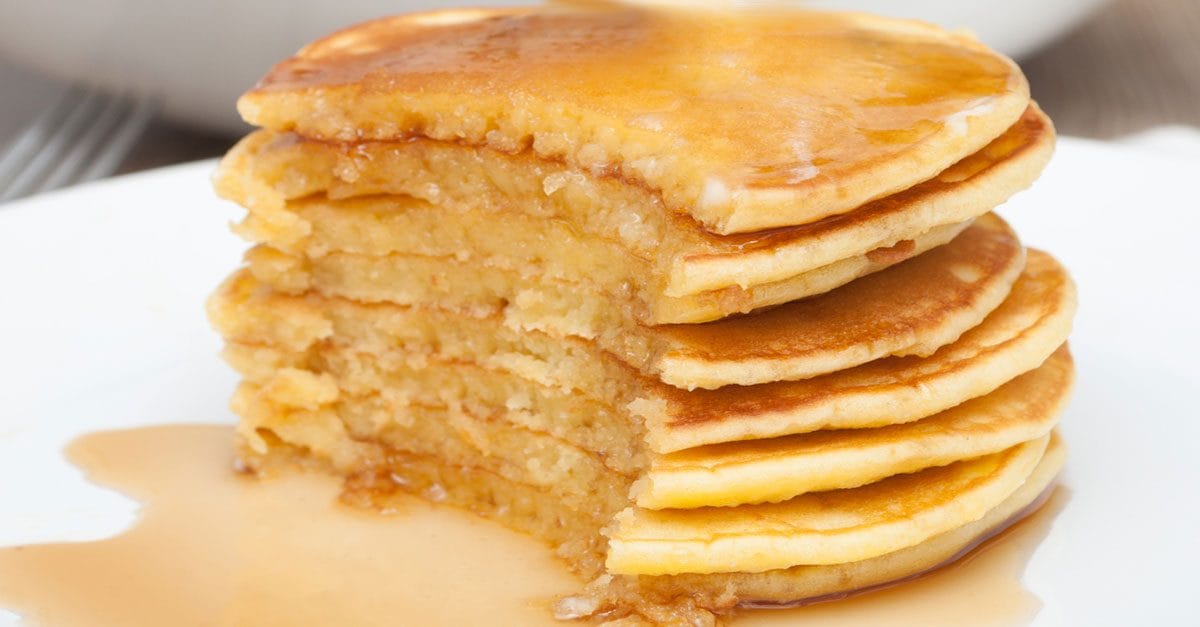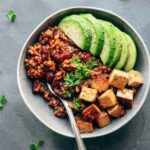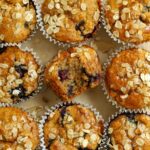Imagine a stack of fluffy, golden-brown pancakes, bursting with flavor, yet completely free of dairy and soy. This isn’t a dream; it’s a delicious reality! This guide unveils the secrets to crafting delightful dairy-free and soy-free pancakes, perfect for those with dietary restrictions or simply seeking a healthier, equally satisfying breakfast experience. We’ll explore diverse flour options, creating unique textures and tastes, and uncover inventive topping combinations that go far beyond the ordinary. Prepare to embark on a culinary adventure where taste and well-being harmoniously unite.
We’ll delve into the intricacies of creating three distinct pancake batter recipes using almond, oat, and coconut flours, comparing their textures, tastes, and nutritional profiles. Discover how to expertly adapt these recipes to accommodate various dietary needs, including gluten-free, vegan, and low-sugar preferences. Master the art of cooking the perfect pancake with our step-by-step guide, complete with helpful tips and tricks for achieving that sought-after golden-brown exterior and fluffy interior. Finally, we’ll elevate your pancake presentation with visually stunning serving suggestions that transform a simple breakfast into a culinary masterpiece.
Dietary Considerations & Ingredient Substitutions

Creating delicious and fluffy dairy-free and soy-free pancakes opens up a world of possibilities, but it’s crucial to consider other potential allergens and dietary restrictions. Many common pancake ingredients can contain hidden allergens, and adapting recipes for various dietary needs requires careful ingredient selection and substitution. This section will explore potential allergens, offer adapted recipes for common dietary restrictions, and provide a step-by-step guide for ingredient substitutions.
Potential Allergens Beyond Dairy and Soy
Beyond dairy and soy, common pancake ingredients can contain several other potential allergens. Wheat, a staple in many pancake recipes, is a significant allergen for those with celiac disease or gluten sensitivity. Eggs are another frequent culprit, contributing to both texture and binding. Nuts, often found in added flavors or toppings, are a common allergen. Finally, even seemingly innocuous ingredients like oats can be cross-contaminated during processing, posing a risk for those with severe allergies. Careful ingredient sourcing and labeling checks are paramount.
Gluten-Free Pancake Adaptation
For individuals following a gluten-free diet, replacing wheat flour is crucial. A blend of gluten-free flours, such as almond flour, coconut flour, and tapioca starch, works well. The exact ratio can be adjusted based on desired texture; a higher proportion of almond flour provides a slightly nuttier flavor and more delicate crumb, while coconut flour adds moisture and density. Using a gluten-free baking powder is also essential. A typical gluten-free pancake recipe might substitute 1 cup of all-purpose flour with ½ cup almond flour, ¼ cup coconut flour, and ¼ cup tapioca starch.
Vegan Pancake Adaptation
Adapting the recipe for a vegan diet requires replacing both dairy and eggs. Flax eggs (1 tablespoon ground flaxseed meal mixed with 3 tablespoons of water) or chia eggs (using the same ratio of chia seeds to water) serve as excellent egg replacements, providing binding and moisture. For dairy-free milk, consider using almond milk, oat milk, or coconut milk. Each milk type imparts a unique flavor profile. Almond milk provides a neutral taste, oat milk adds a subtle sweetness, and coconut milk contributes a richer, creamier texture. The choice depends on personal preference.
Low-Sugar Pancake Adaptation
Reducing sugar content in pancakes can be achieved by using alternative sweeteners like maple syrup, honey (if not allergic), or stevia. These sweeteners offer different levels of sweetness and flavor profiles. Maple syrup provides a rich, slightly caramel-like flavor, honey offers a floral sweetness, and stevia provides intense sweetness with minimal calories. Reducing the overall amount of sweetener in the recipe, while simultaneously enhancing the flavor with spices like cinnamon or vanilla extract, is also effective. It’s important to note that reducing sugar may slightly alter the texture and browning of the pancakes.
Step-by-Step Ingredient Substitution Guide
- Starting Point: Begin with a basic dairy-free and soy-free pancake recipe using a gluten-containing flour (e.g., rice flour blend).
- Gluten-Free Adaptation: Substitute the gluten-containing flour with a gluten-free flour blend (e.g., almond, coconut, tapioca). Adjust the liquid slightly, as gluten-free flours often absorb differently.
- Vegan Adaptation: Replace eggs with flax or chia eggs. Substitute dairy milk with a plant-based alternative (e.g., almond, oat, coconut milk).
- Low-Sugar Adaptation: Reduce the amount of granulated sugar and replace it with a sugar substitute like maple syrup, honey, or stevia. Adjust to your preferred sweetness level.
- Allergen Consideration: Always check ingredient labels carefully for potential allergens, even in seemingly safe ingredients. Consider cross-contamination during processing.
From fluffy almond flour pancakes drizzled with a vibrant berry compote to subtly sweet oat flour pancakes topped with toasted coconut flakes, the possibilities are endless. This journey into the world of dairy-free and soy-free pancakes has shown that deliciousness and dietary needs can coexist beautifully. With a little creativity and the recipes and techniques shared here, you’ll be crafting unforgettable pancake experiences, perfect for any occasion – from a quiet morning breakfast to a delightful weekend brunch. So, embrace the freedom of flavor and embark on your own pancake adventure!
Question & Answer Hub
Can I make the batter ahead of time?
Yes, most of these batters can be prepared the night before and stored in the refrigerator. Allow them to come to room temperature before cooking for best results.
What if my pancakes are sticking to the pan?
Ensure your pan is well-greased with oil or butter alternative and heated to the correct temperature. Don’t overcrowd the pan, and allow the pancakes to cook before attempting to flip them.
How can I make the pancakes even fluffier?
Adding a leavening agent like baking powder or baking soda (depending on the recipe) is crucial. Gentle folding of the batter, rather than vigorous mixing, also helps retain air bubbles for a lighter texture.
Are these pancakes suitable for freezing?
Yes, cooked pancakes can be frozen. Allow them to cool completely, then wrap them individually in plastic wrap and place them in a freezer-safe bag. Reheat gently in a toaster or microwave.


